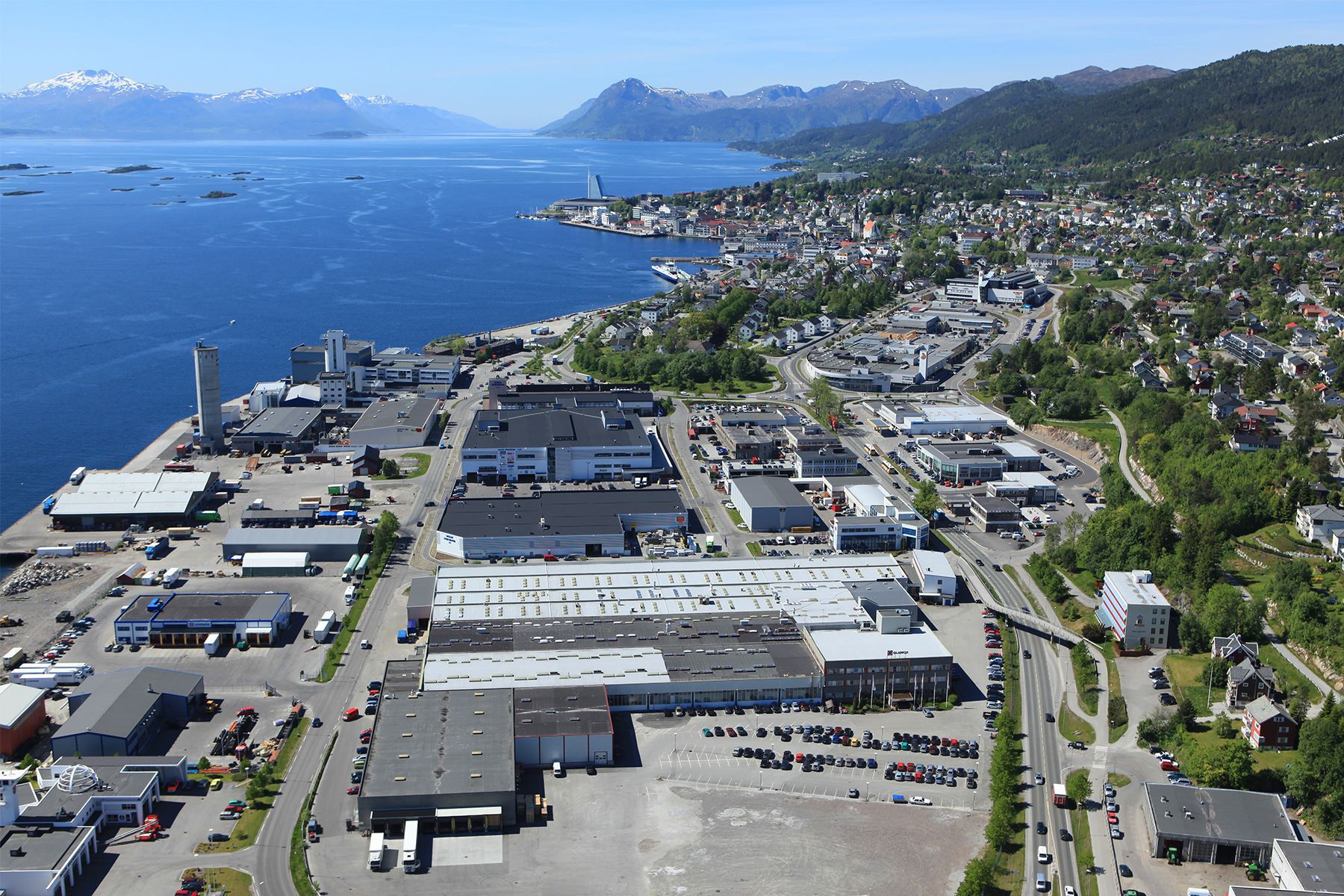The four battery-powered ferries were designed by HAV Design AS of Norway. Each one is 120 metres long and 18.6 metres wide and has a capacity of 399 passengers including the crew and 120 cars. The ferries will be delivered ready for autonomous operations.
“We anticipate that the first autonomous crossings of the fjord and docking will take place in 2027, with autonomous navigation implemented in 2028. Safety is paramount, and everything will be carefully monitored from our land-based control centre in Florø,” said Dagfinn Neteland, CEO of Fjord1.
“Autonomous vessels are equipped with cameras that require good quality flicker-free lighting so people at the control centre can see precisely what’s going on. These ferries also sport a powerful bow light that illuminates the area in front of them, supporting safe operations as well as making them even more visible to other shipping,” said Astrid Simonsen Joos, Group CEO of Glamox. “It’s great to be lighting the way for this truly pioneering project which is about to transform the future of ferry operations.”

For each ferry, Glamox provides a bow light, lighting for the car deck, and lighting for internal areas such as corridors, stairwells, the engine room, and the passenger lounge. The company is also providing illuminated emergency signs.
“We have a strong and long relationship with Glamox and know we can depend on its lighting to work in the harshest of conditions. It’s all about ensuring the safety and comfort of the passengers and crew. What we demand is marine quality, reliability, and energy efficiency. Lighting is mission critical for the next generation of ferries we are building at our shipyard in Yalova,” said Adnan Barış Arda, Project Manager of Fjord1 Projects, Tersan Shipyard.
,(0.5,0.5291666,1,0.9416667)&format=jpg)